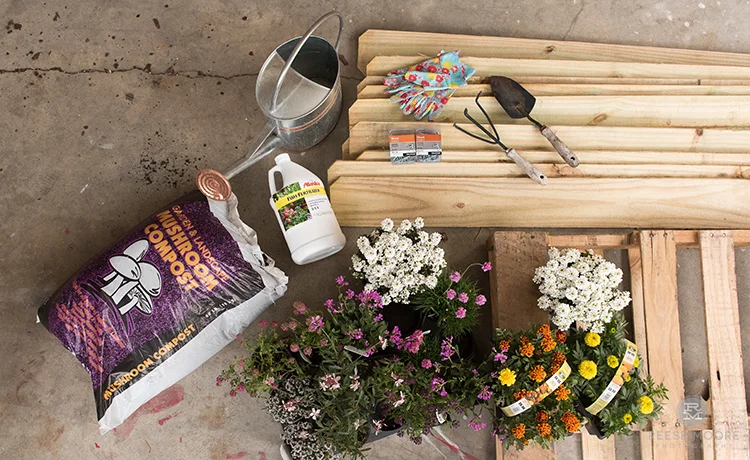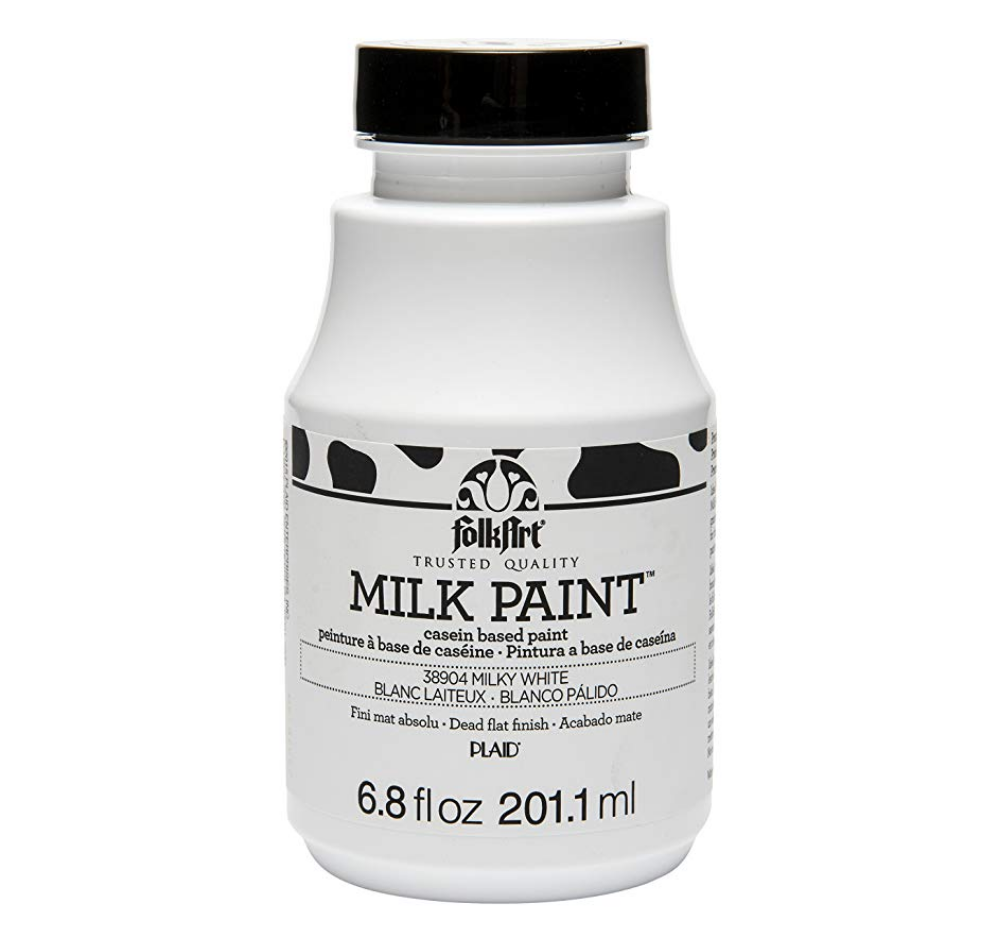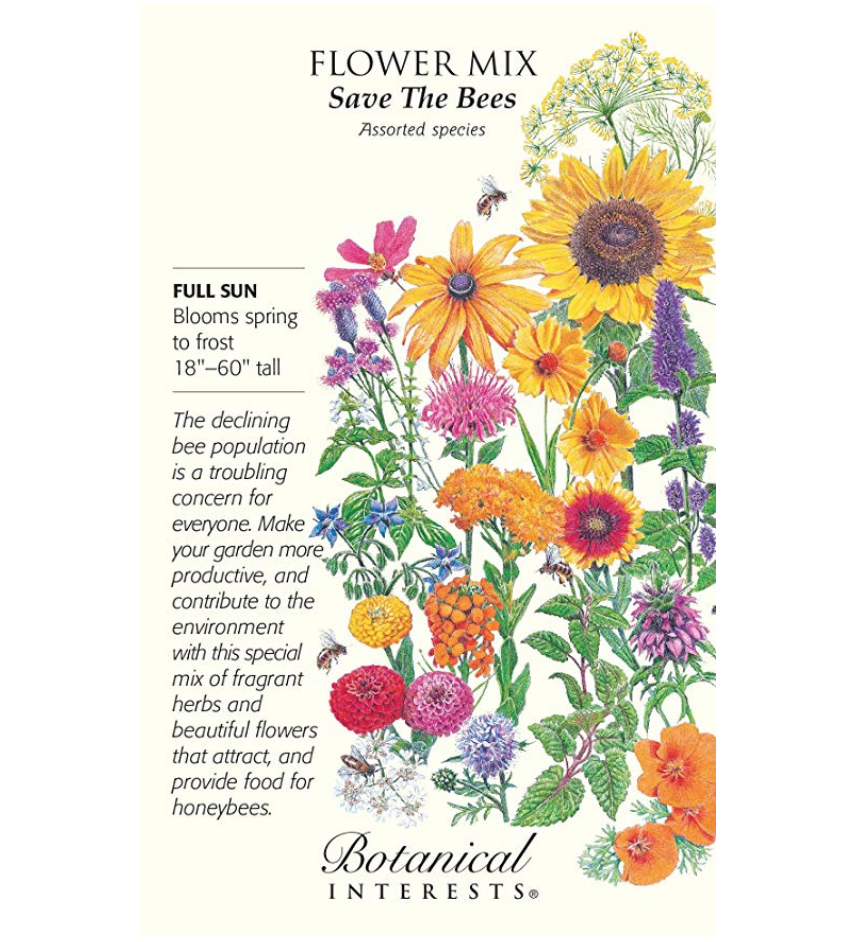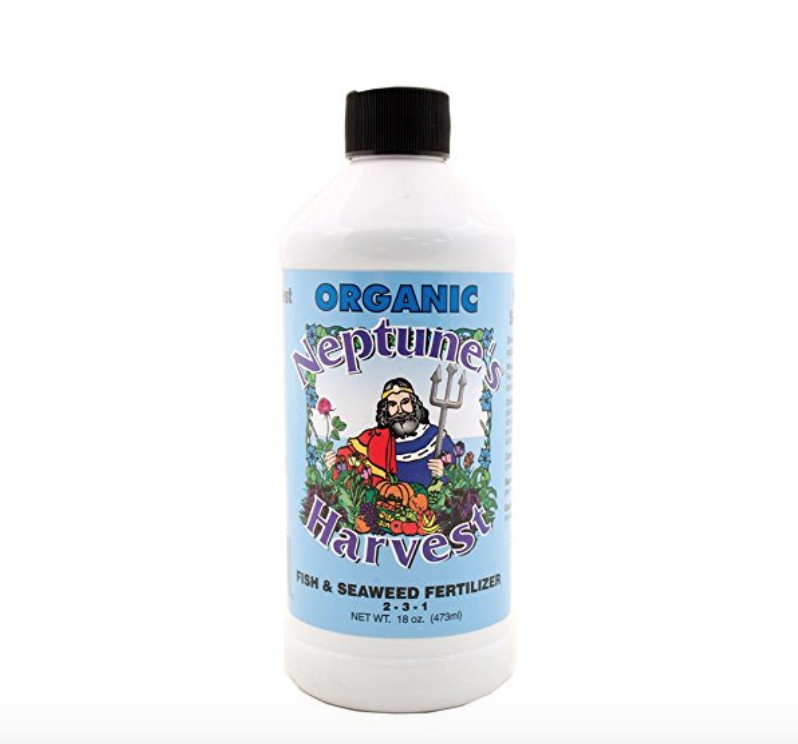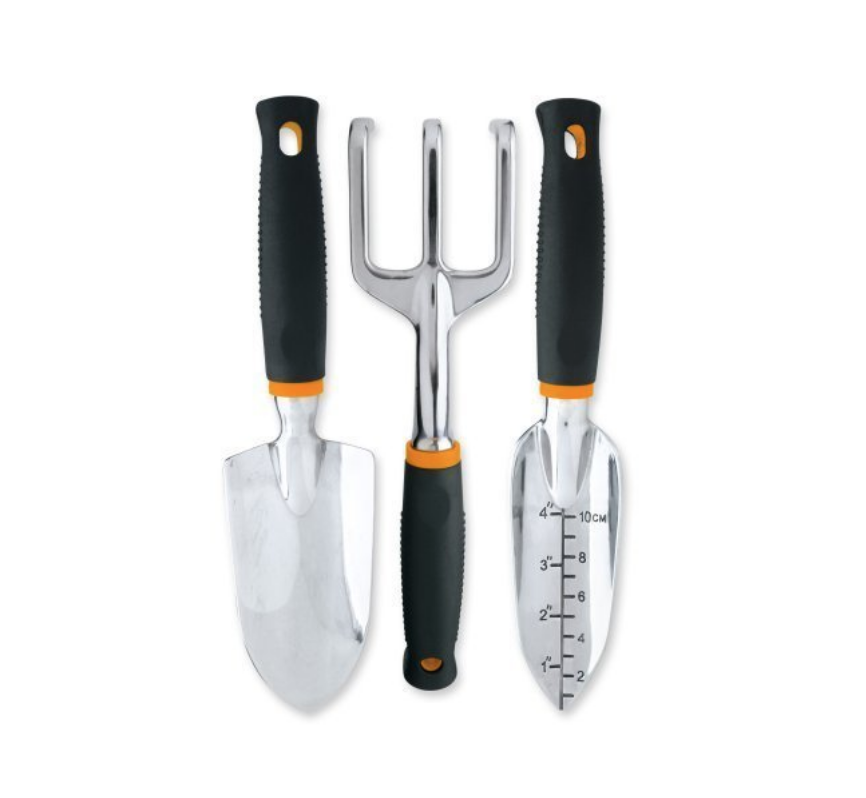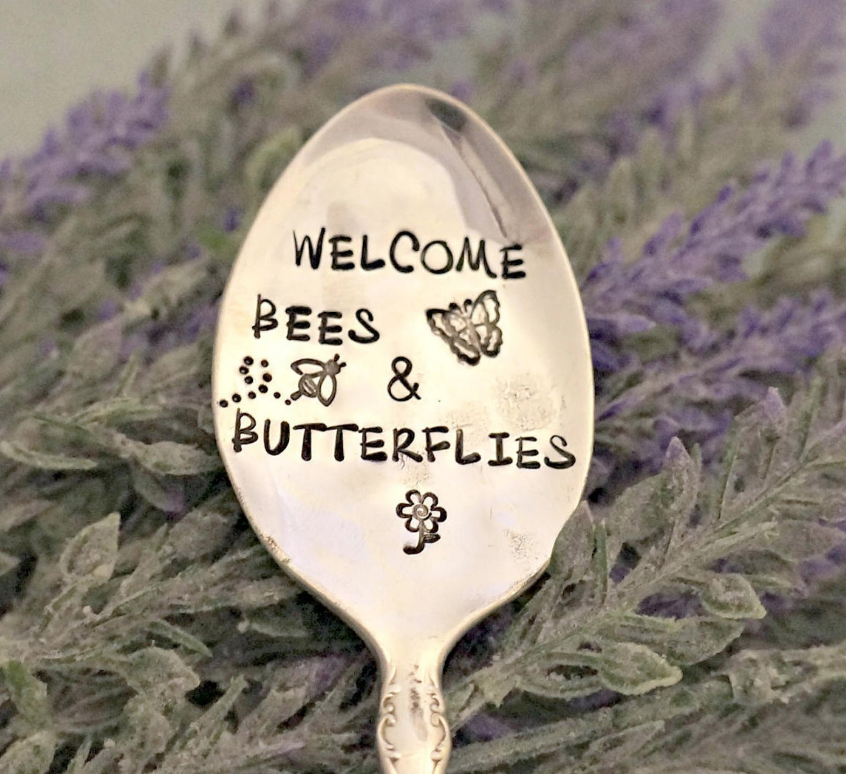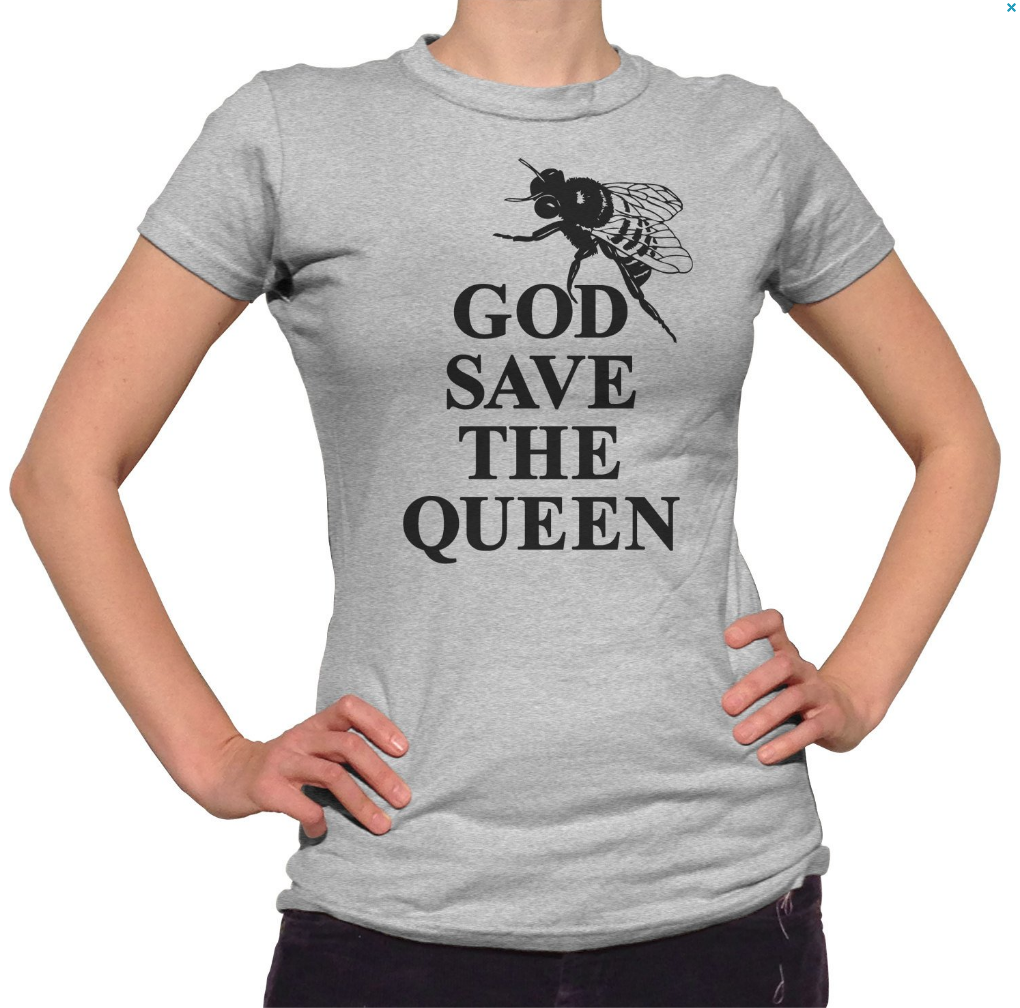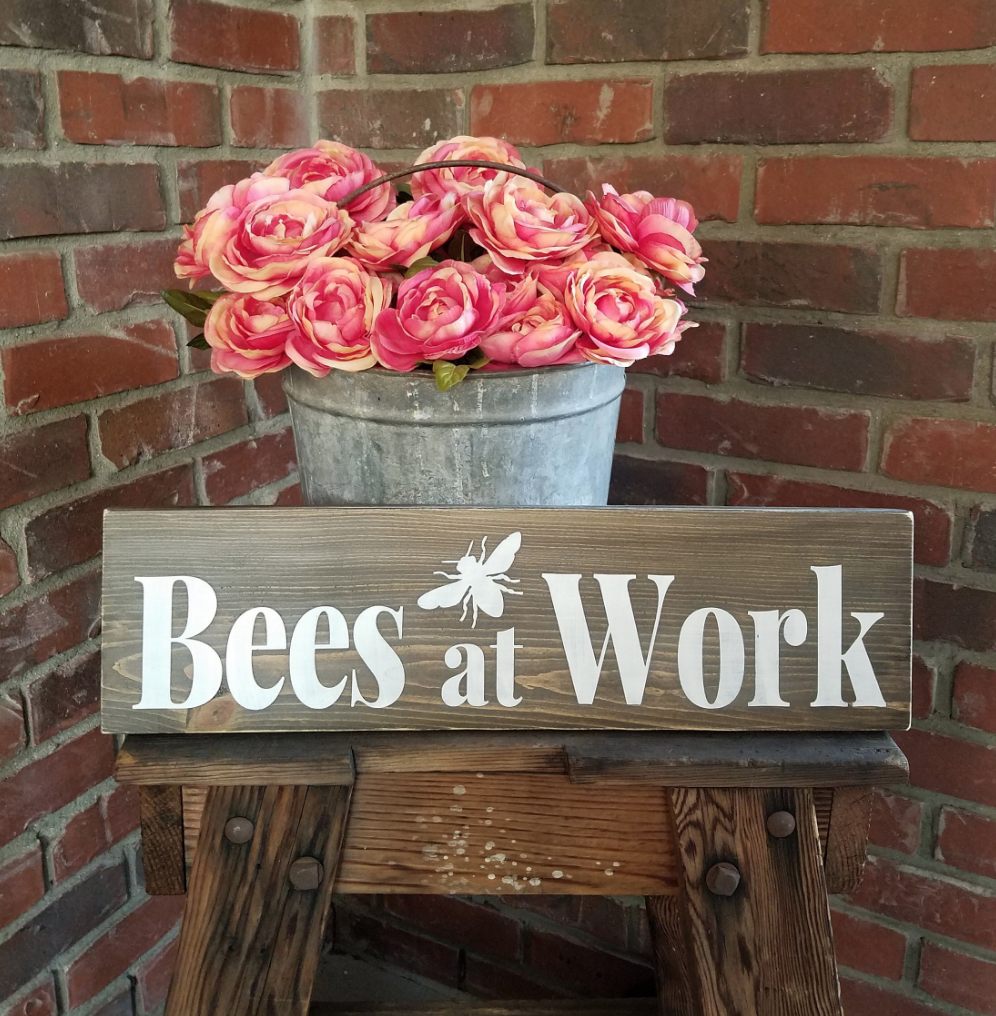How to Build a Bee Garden from a Wood Pallet
/*This post contains affiliate links. This means if you click through and give it a whirl, they give me a tiny monetary high five for sharing the good news.
I’m going to open this second post on saving the bees by confessing I’ve had that horrible Ricky Martin song with the lyrics “she looks like a flower but she stings like a bee” stuck in my head for two whole days. It’s been a special sort of hellacious trip down that chest-baring-satin-shirt-wearing-Latin-lover lined memory lane to pop music in the early 2000s. *shudders*
I’m going to touch on several topics in this post: saving the bees, how to build a bee garden in a wooden pallet, and eco-friendly crafting supplies. So let’s dive in!
I flushed this one out pretty well in my post about how to grow an in-ground or raised bed bee garden earlier this week, but to rehash why we need to save the bees, here are some stats.
Why Do The Bees Need Our Help?
Here’s How YOU Can Help The Bees
Don’t spray your lawn or allow chemicals to be sprayed on your property
Plant diverse flowering plants or leave an area of your lawn untouched
Don’t use mulch because wild bees nest in the ground
Leave shallow dishes of rainwater with stones in your garden so bees can drink and safely climb out
Use organic or holistic ways to deter unwanted pests
If you’ve landed on this page, it’s likely because my other post on how to build an in-ground or raised bed bee garden wasn’t particularly applicable to your current living situation, am I right? Maybe you’re still sleeping on a mattress on the floor in your 5th floor apartment and listening to your amorous neighbors rhythmically thump it out to “Let’s Get It On” and longing for a quiet place with a bee garden. (It’s cool, I’ve been there.) Guess what? YOU CAN STILL SAVE THE BEES!
Pallets are cheap (or most often free), biodegradable, and easily repurposed into a vertical garden, making them an awesome option for people with limited space!
What You Need to Build Your Pallet Bee Garden
Wooden pallet
4-5 wooden pickets (this varies by the condition of your wooden pallet)
Wood screws
Saw
Measuring tape and pen
Drill and drill bit
Casein paint (and casein varnish, if desired) *
Brushes
Soil
Compost
Bucket for mixing soil and compost
Small spade
Flowering plants
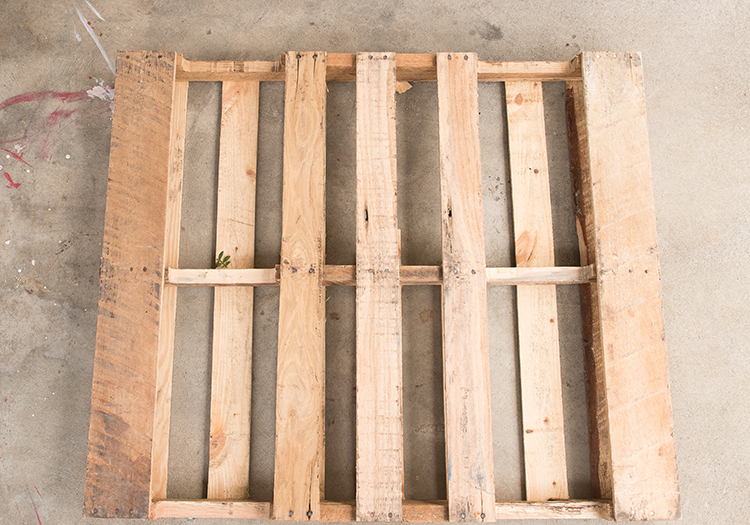
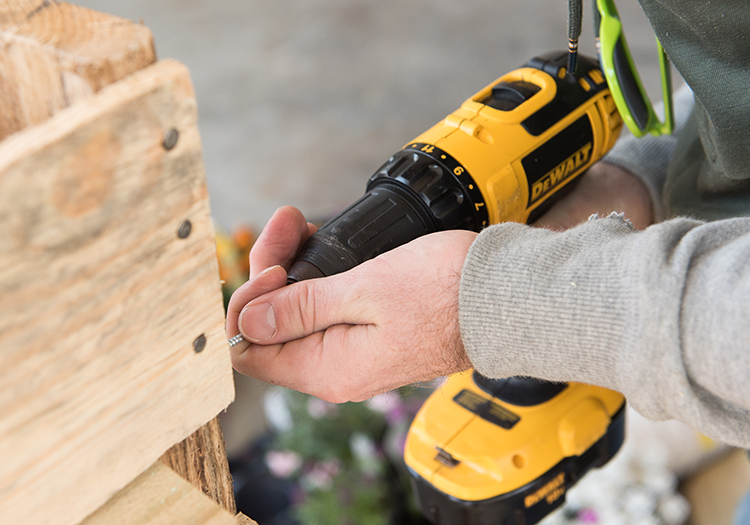
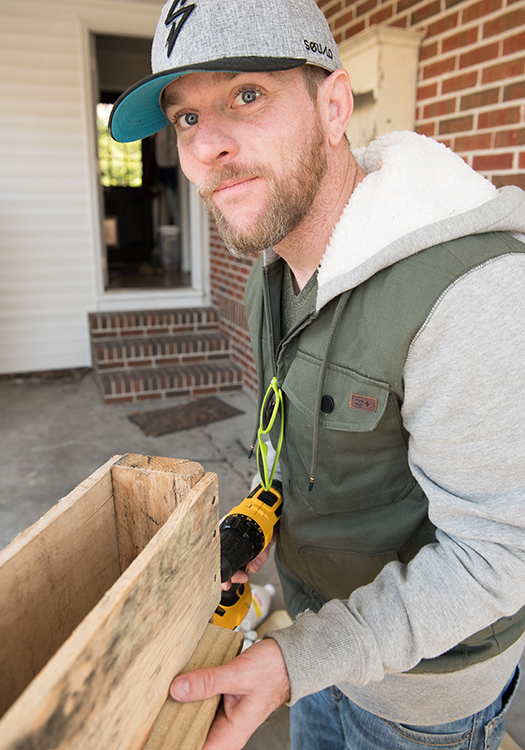
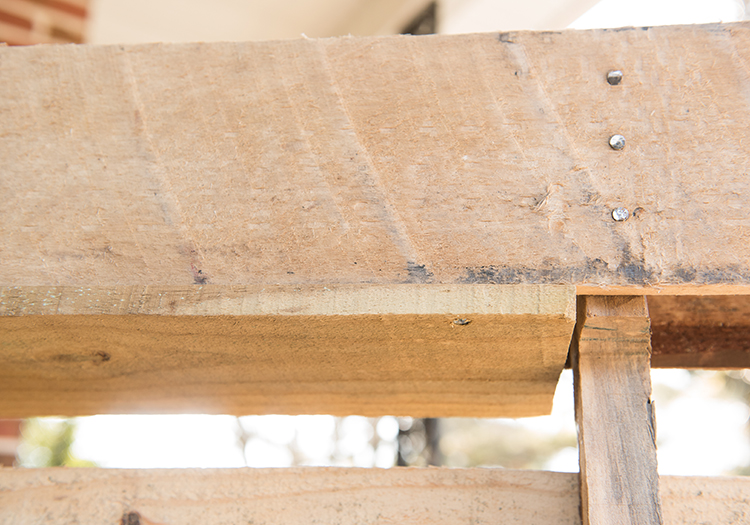
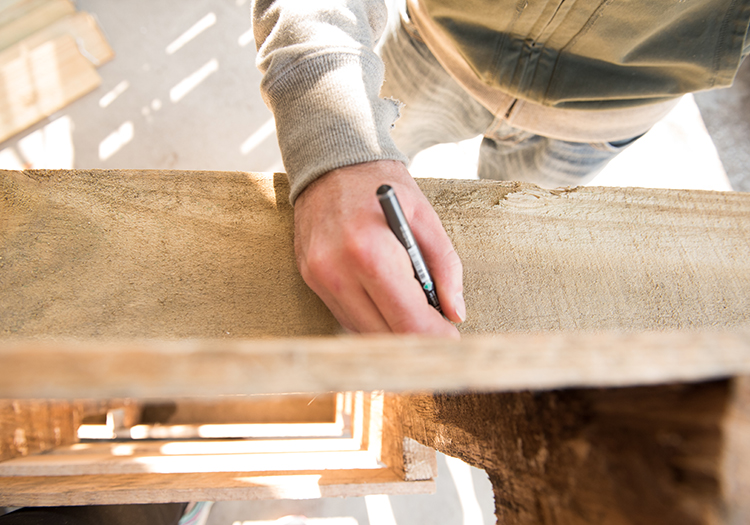
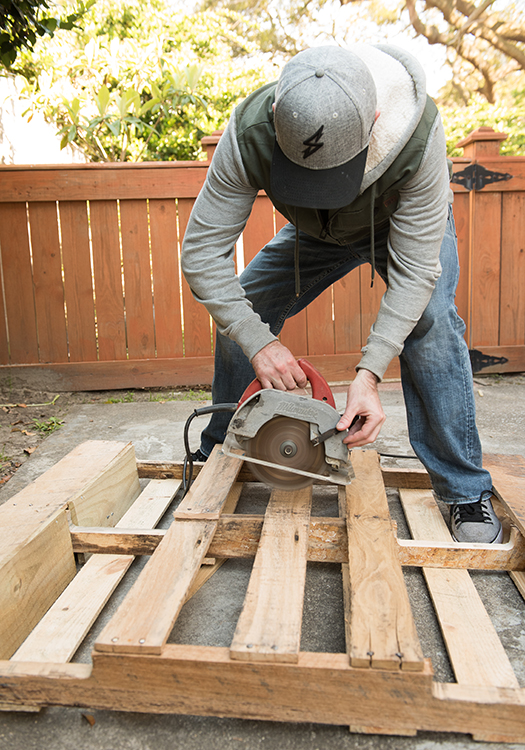
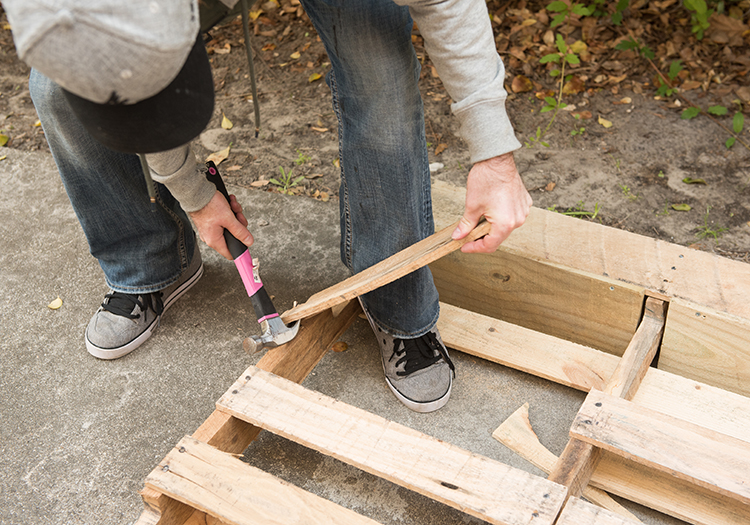
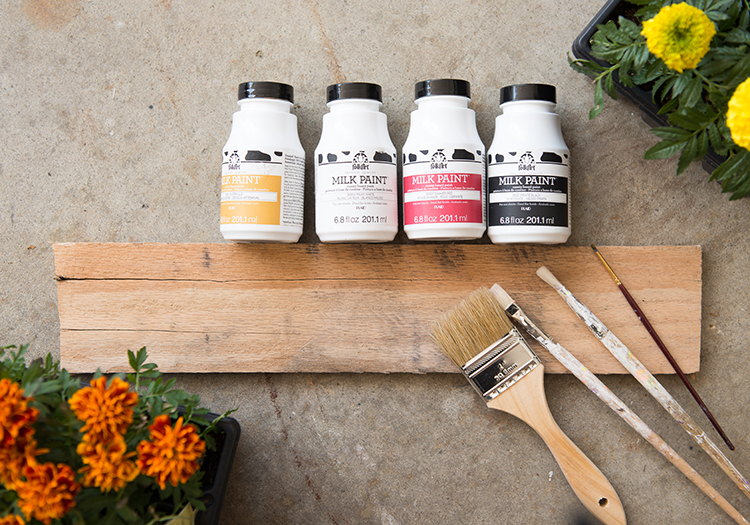
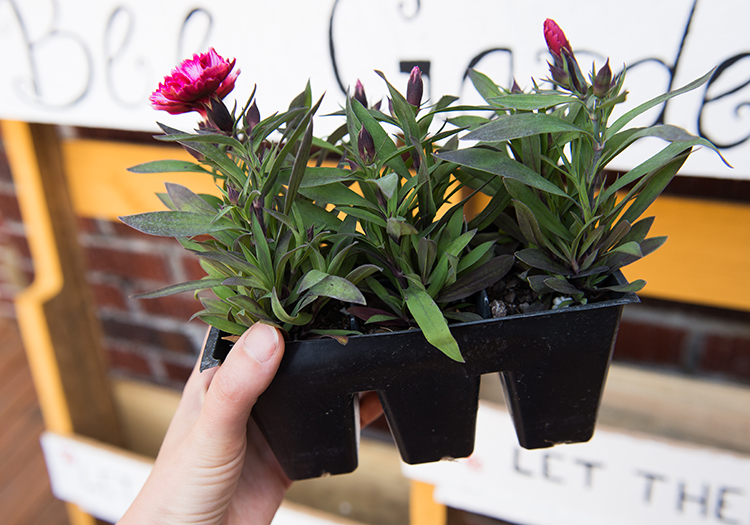
Step by Step Instructions on How to Build a Bee Garden in a Wood Pallet
Design your pallet. Do you want to turn all the slats into planters? If so, you’ll want trailing flowering plants only. I was planning to use upright flowers and wanted to give them some room to grow comfortably, but I also found my pallet on the side of the road, and there were a couple damaged slats that were easier to remove and give my plants breathing room than repair. I staggered my planters instead of doing them all straight across.
Buy compost and unaltered soil, and organic or fish-based fertilizer. Since the goal is to protect and nurture the bees, it’s a little counterintuitive to get something loaded with chemicals. I like mushroom compost for mine!
Pick out your plants. SIZE WILL FACTOR HEAVILY. The smaller the plants, the better. Plants like breathing room to grow and spread out. Consider where you’ll be putting your pallet. Is it going to be in part sun? Full sun? Pick plants accordingly, and remember that the material of the surface you’re leaning your pallet against MAY trap heat (like brick) or reflect light (like a metal or bright white, so factor that in as well.
Measure the wooden pickets for the bottom slats of your planters - and any back slats that will need replacing. Saw pickets. (Ours had a small overhang on the backside of the pallet, but who cares about the side facing the wall, in my opinion. Remove any damaged pieces to replace with either saw or by prying with a hammer, hammering flat any protruding nails.
Drill wood screws through pallet frame and picket slats. This was easier for us if we went slowly, but also if we went through the pallet perpendicularly and into the picket lengthwise, when possible. Your pallet may have been out in the elements for a while, so it might be more prone toward splitting. Don’t fret! It’ll still work fine, and no one will notice the flaws once it’s painted and the plants are in. Note: You may want to either leave a thin gap between the bottom slat of your planters and the sides or alternatively drill holes in the bottoms to allow for drainage. We left gaps, and have had no issues with soil leaking out.
Lay pallet flat and paint pallet as desired! Have fun with it! I used two coats of the white, but the wood tone was so similar to the yellow I only needed one coat of the yellow. If you want your designs to last longer, consider finishing with a clear casein top coat once underlying paint has thoroughly dried.
Once paint is dried, mix equal parts soil and compost in bucket with spade. You’ll want to work with damp dirt, but not waterlogged. If your soil mixture is dry, it will be very hard to pack the dirt around your plants, and it will compress significantly when you water it for the first time.
Fill planters with soil and plant mature plants, leaving room to plant seeds. Then plant seeds according to directions, if using. You can use only mature plants, but this will be more expensive. Water thoroughly, and enjoy your bee garden!
And finally, some notes on casein paint!
It can be really hard to be an environmentalist when you also love crafting. Many craft supplies are highly toxic, come in horrible packaging, and are shipped from half way across the planet. I love this gardening craft because I repurposed a wood pallet destined for the landfill, and I used almost entirely eco-conscious garden materials, and had wood and natural bristle brushes for painting. But then it came time to pick out my paints. I wanted something bright, colorful, and somewhat durable but that wouldn’t shed micro-plastics all over as it weathered or as I cleaned my brushes. Did you know most craft paints and paints in general are made with plastic polymer binders? Latex paint often no longer contains latex, and acrylic is made with plastic.
So that’s where casein paint or milk paint comes in! The pigment is mixed with a casein, a binder derived from milk protein. I used this kind.
It was really easy to work with! It dries incredibly quickly, has a great pigment, and even though I didn’t varnish mine, it’s holding up pretty well in the elements so far. Rumor is it’s even easy to DIY, but that’s a little too next level for me at this point.

